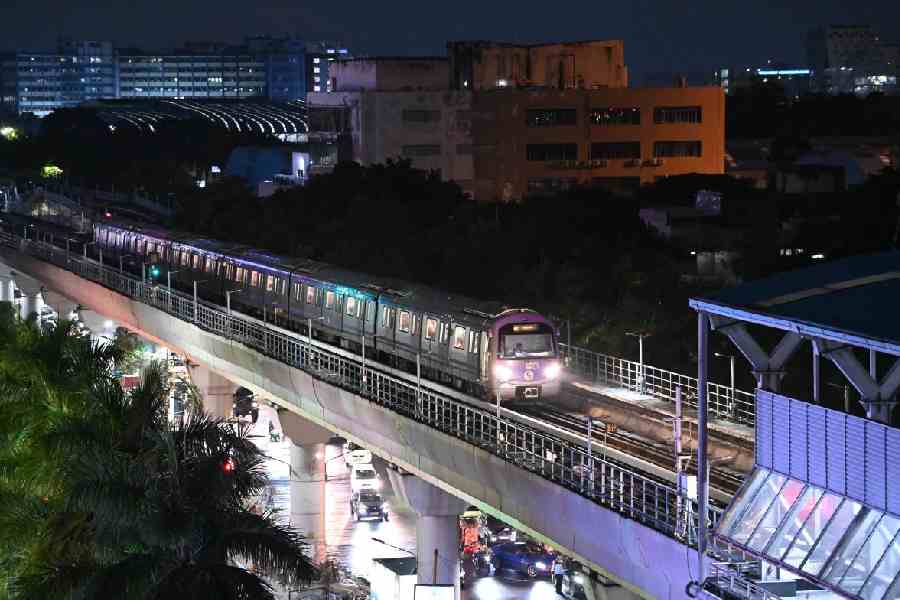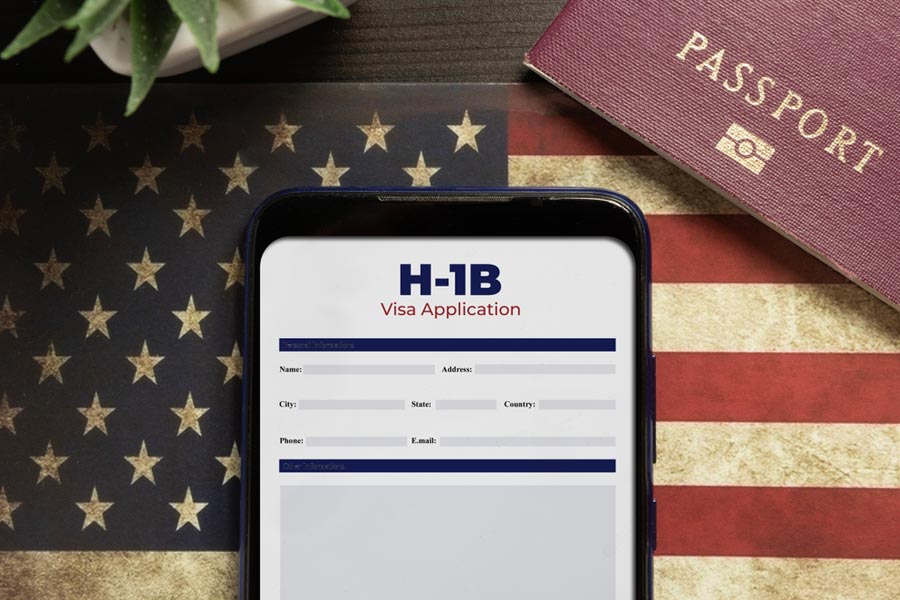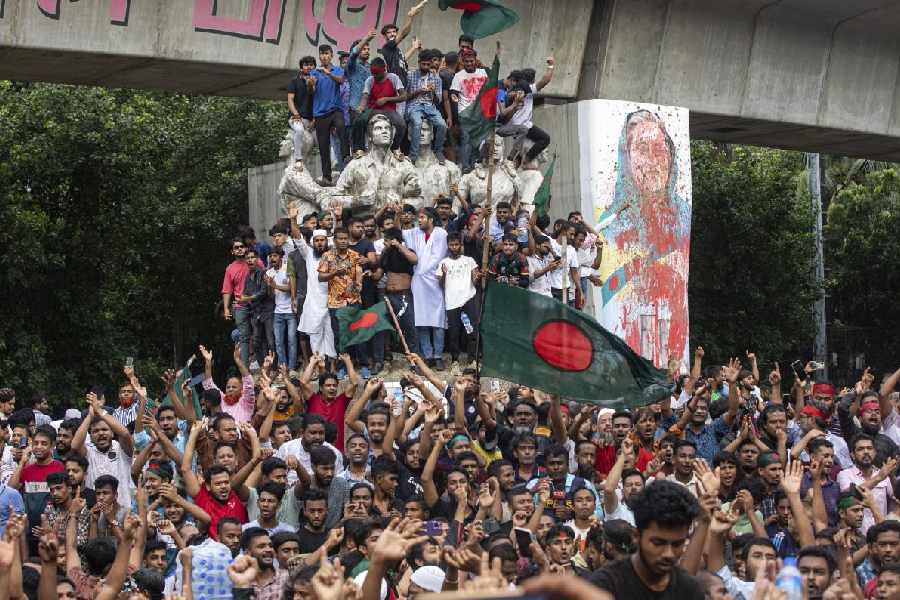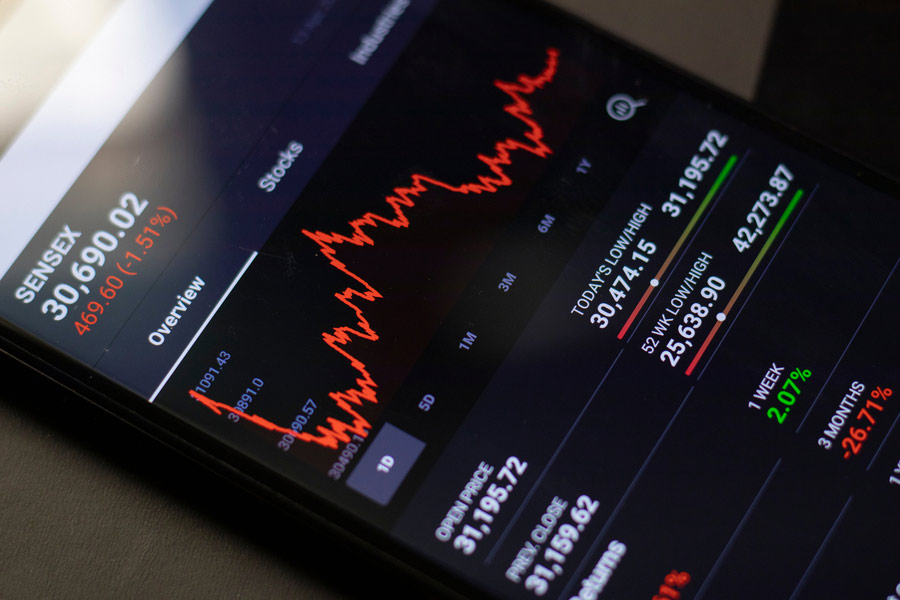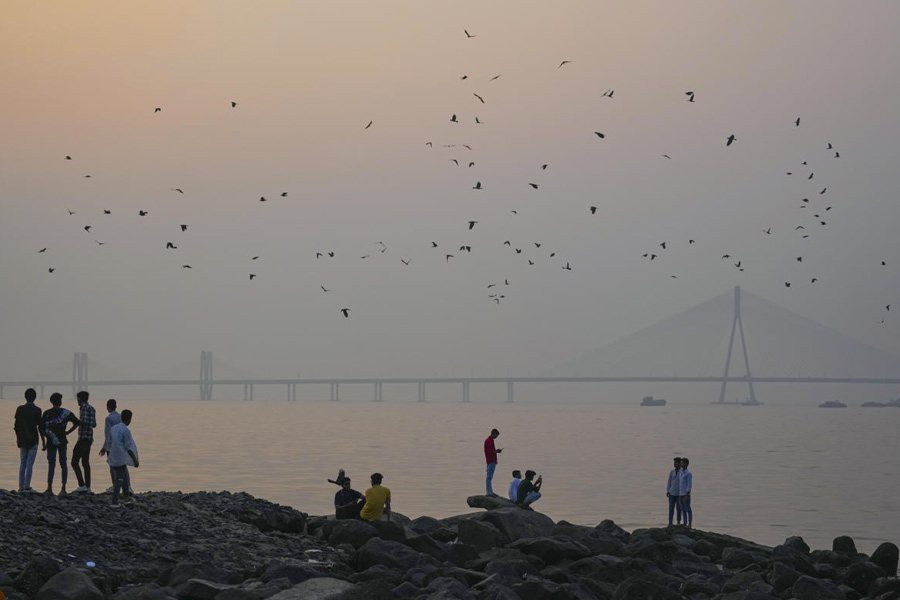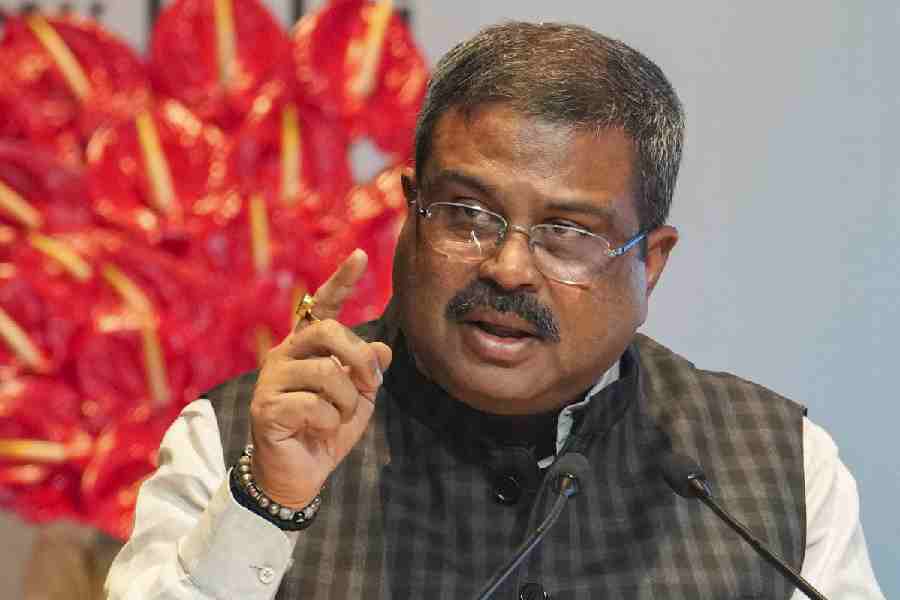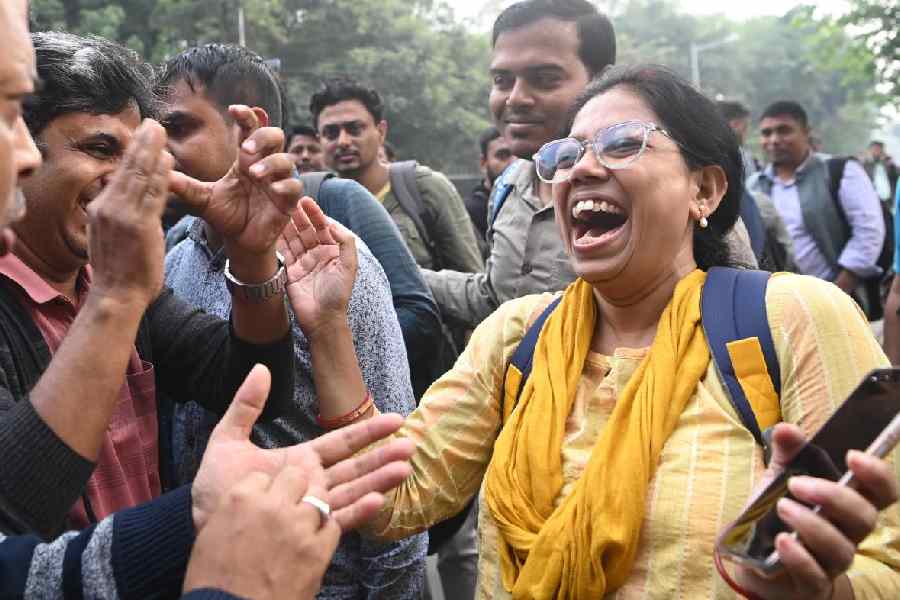The city’s transport system hit a new milestone on Friday with the entire 16.6km stretch between Howrah Maidan and Salt Lake Sector V bridged by the Metro network, a project come to fruition despite several hurdles.
A six-coach rake left Sector V with passengers at 6.04pm and reached Howrah Maidan at 6.39pm. The 35-minute AC ride can turn into a 90-minute ordeal on a bus during rush hours.
Chandernagore resident Nishan Ranjan Ghosh, a research scholar at a private university in Salt Lake, was on that first train from Sector V. His daily commute between home and workplace till now involved catching a local train to Howrah and then a bus to Salt Lake. On some days, he hired an app cab.
“I can now travel the same distance in less than half the usual time. A Metro ride is pocket-friendly and comfortable,” Ghosh said.
Shilpi Banerjee, who lives in Salt Lake’s EE Block, works at the Howrah regional office of the West Bengal State Electricity Distribution Company Limited. She carpools to office, but the return journey is long and tedious.
She takes a Metro from Howrah Maidan, gets off at Esplanade and takes another Metro to Sovabazar before hopping into two autos, to Ultadanga and Salt Lake, to reach home.
“Now, I can cover the entire distance on one train,” Banerjee said, adding that her return journey took at least an hour and a half till now.
The relief expressed by Banerjee and Ghosh mirrored the mood of countless other passengers. The East-West corridor promises to be a game-changer in how Calcutta commutes.
A little over an hour before the commercial service began, Prime Minister Narendra Modi inaugurated the 2.45km Esplanade-Sealdah section, which effectively made the full 16.6km corridor functional.
Modi also inaugurated two other Metro links — a 6.77km section between Noapara and Jai Hind
Bimanbandar (airport) on the Yellow Line and a 4.39km section between Ruby and Beleghata on
the Orange Line — and
a subway linking the Howrah Metro and Howrah railway stations.
“The Metro network got expanded by 14km today. In the past two-and-a-half years, it has expanded by 25km. This is a record,” Metro general manager P. Uday Kumar Reddy said.
“We have gone through a lot of struggle. We were
not hopeful at one point. But we persisted and prevailed. It’s a proud moment for Calcutta.”
The Bowbazar stretch of the Green Line has seen four incidents of water leak and soil subsidence since 2019. On Friday, the inaugural, ceremonial ride between Esplanade and Sealdah took around five minutes. The train moved a tad slower for photo-ops, a Metro official said. The same ride took less than four minutes during the subsequent commercial runs.
Conceived as part of a 1971 master plan and sanctioned in 2004, inspired by the success of the Delhi Metro, the East-West Metro construction began in 2009. Before the incidents of subsidence, land logjams had delayed the project.
Manas Sarkar, who was managing director of the Kolkata Metro Rail Corporation from 2019 to 2022, was beaming with pride on Friday.
“There is a deep sense of fulfilment. The project went through so much turbulence. My family, friends and neighbours would keep asking me when the full stretch would become functional. I won’t be facing these questions any more,” Sarkar said.
Sarkar lives in Phoolbagan, a stop on the route. “I shall take a ride along the full stretch very soon,” he said.
The Green Line will be functional seven days a week. There will be 186 trains every day from Monday to Saturday. The peak-hour interval between two trains will be eight minutes. The first and last trains will leave the terminal stations at 6.30am and 9.45pm.
There will be 104 services on a Sunday.
The Green Line is expected to ferry over 6 lakh passengers daily, like the Blue Line, which connects Shahid Khudiram and Dakshineswar.
The two lines have an interface at Esplanade. Green Line passengers can also travel to the airport by switching two trains, at the Esplanade interface and then at Noapara, from where they can take the Yellow Line till the Jai Hind Bimanbandar station.
The Green Line connects two of the busiest railway stations in India. On Friday, the journey between Howrah and Sealdah took between 11 and 12 minutes. On a weekday evening, it takes between 40 minutes and an hour by bus.
Some of the engineers who oversaw the tunnel construction between Esplanade and Sealdah were on the train that made the ceremonial opening run. They described it as one of the most challenging projects of their careers.
Ashraf Ahmad, 50, tunnel construction manager at ITD-ITD Cementation — the contractor for the tunnels between Esplanade and Sealdah — has been with the project for 12 years.
The first subsidence on August 31, 2019, had shaken the team’s morale.
“Even we broke down after that incident. Many people lost hope in us, but we made it clear to ourselves that we would complete the work, and we did,” he said.

